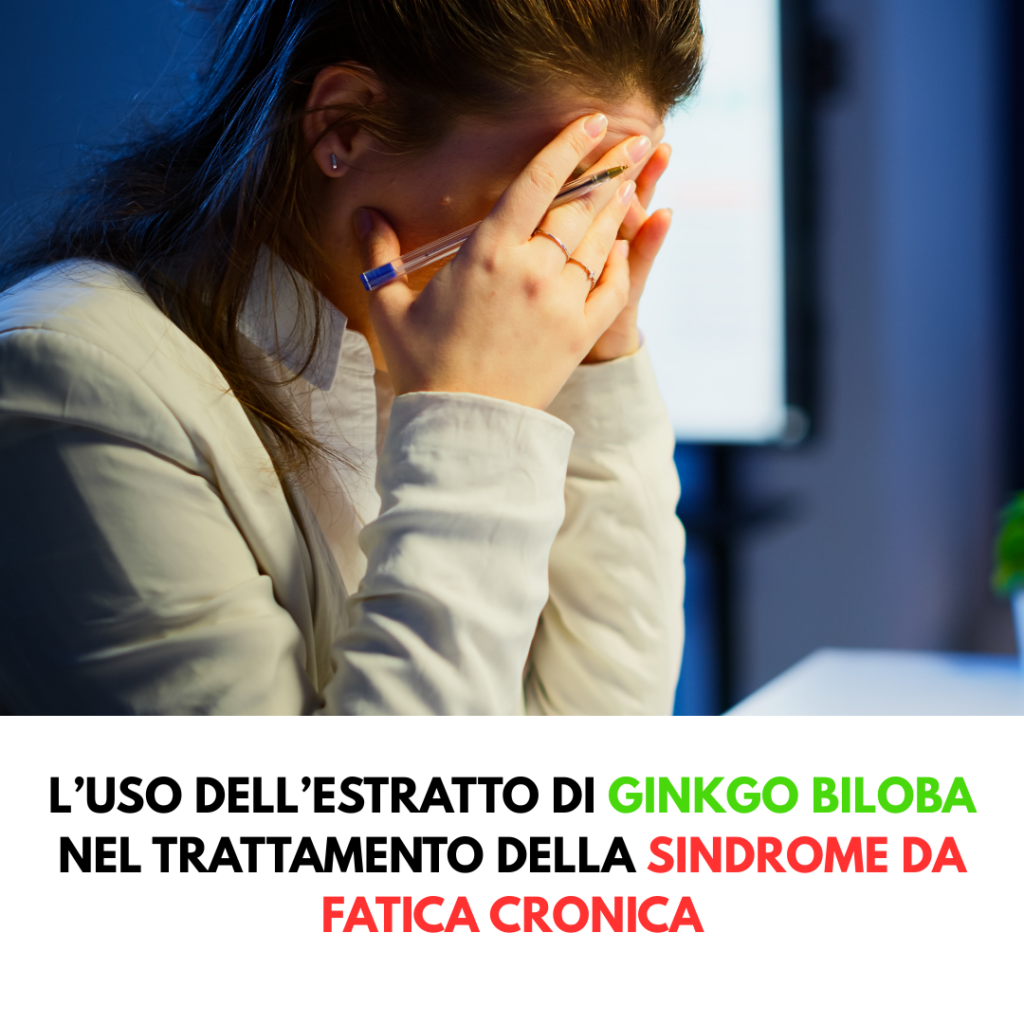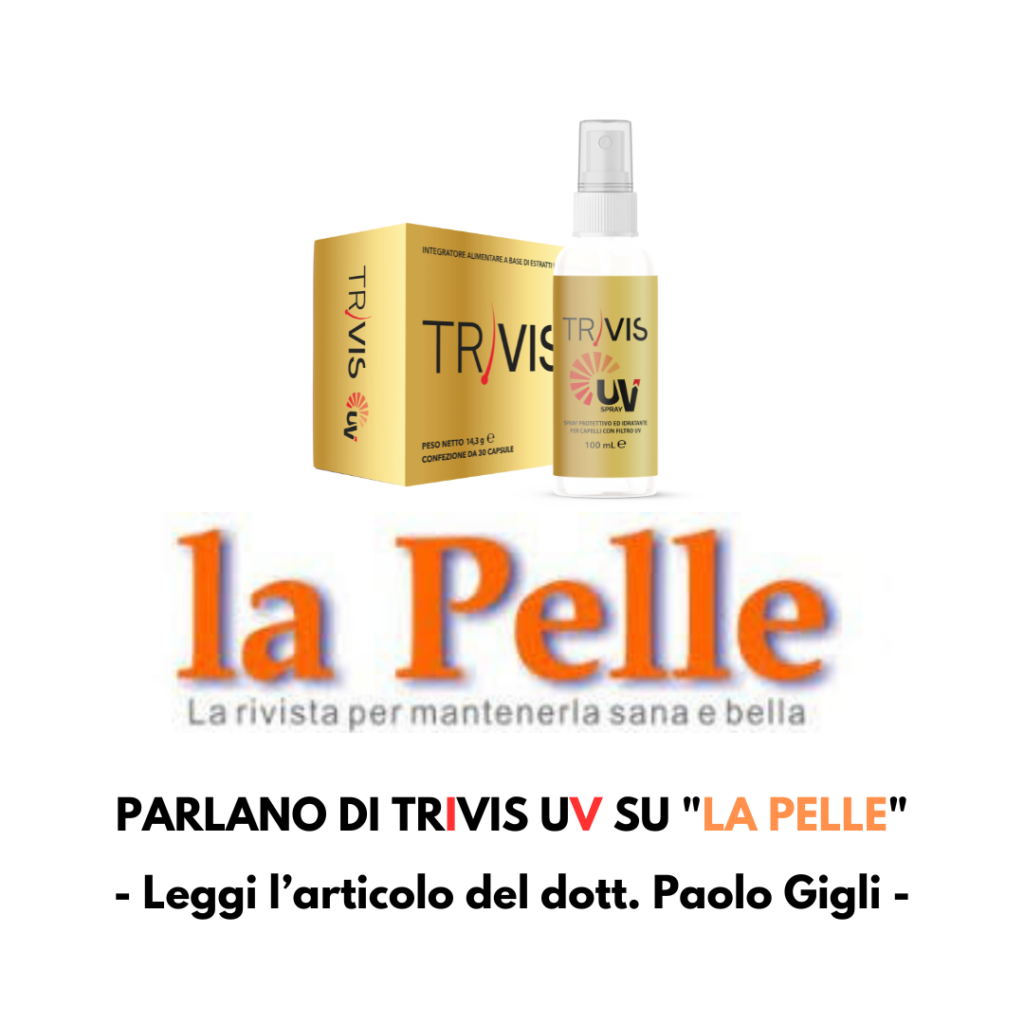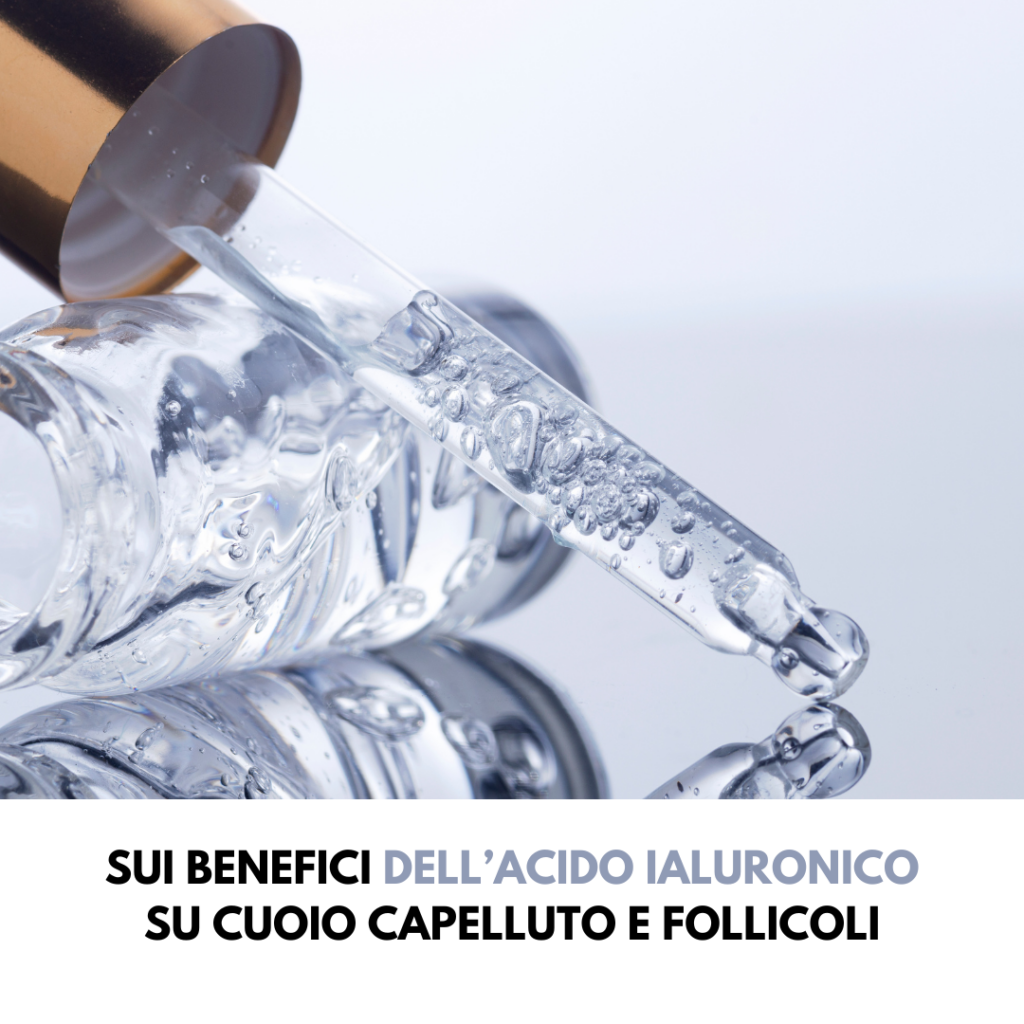Scientific articles
THE INFLUENCE OF ULTRAVIOLET RADIATION ON PATIENTS WITH VITILIGO
Popular scientific article on the effects of sun exposure in vitilitic patients
Index
Vitiligo is a well-known skin disease that afflicts a percentage of the world’s population of about 1 percent [1], with a prevalence range that differs from population to population and varies between 0.4 and 2 percent.
This disease causes hypopigmentation of certain areas of the skin and is often associated with significant psychological distress on the part of the afflicted patient, who experiences this condition in a highly negative way. People with vitiligo often tend to hide the parts of their body affected by the disease, both from exposure to the sun and from the view of others [2].
Vitilitic lesions are characterized by a local microenvironment with a high rate of reactive oxygen species: this oxidative stress causes a series of damages to the melanocyte making it dysfunctional and creating a potential situation of cell necrosis, which can set in motion a mechanism of immunogenic inflammation. This immunogenic inflammation can convert into an autoimmune attack on the still-living melanocytes as they are stressed by the highly oxidizing microenvironment in which they are located due to the presence of autoantigens associated with the cellular debris of the necrotic cells. If these are not adequately removed from the microenvironment of neighboring melanocytes, they activate the autoimmune response of the T lymphocytes which will begin to identify such cells as foreign bodies to be eliminated [3].
This suppression of melanocytes generates a melanin deficiency, making the patient more susceptible to damage from sun exposure on the skin. However, it is also true, according to recent evidence in the scientific literature, that patients with this condition are not more likely to develop melanomas in the areas affected by the disease [4] [5] [6] [7].
Furthermore, it is also clear that phototherapy used for vitiligo, which uses UV light lasers, does not appear to increase the risk of developing potential melanomas in the area exposed to treatment [8].
An important question emerges from this premise, how is it possible that in an area that is more exposed to oxidative stress from UV exposure, the risk of melanoma development does not consequently increase?
Vitiligo and Melanomas
Some recent studies [9] [10] seem to indicate that the autoimmune response of vitiligo against melanocytes is also actively involved in the fight against emerging melanomas, by virtue of the fact that patients with this disease have a higher amount of cytotoxic T lymphocytes (CD8+) activated against melanocytes. Such cells activated against the normal melanocytes of the vitilitic patient are a useful tool in the prevention of melanoma growth, activating rapidly against cancer cells as well.
In addition to this, it is also known in the literature how the vitilitic patient may present with cytolytic auto-antibodies aimed at specifically destroying melanocytes [11]: these antibodies have also been found in patients with melanomas, thus generally indicating that the immune system activated by vitiligo also effectively and efficiently attacks cancer cells of melanomas and that, in addition, the immune response in the disease is dual in nature: mainly mediated by T lymphocytes locally and by auto-antibodies produced by B lymphocytes in diffuse vitiligo situations [12].
It is also possible that the non-increased incidence of melanomas in vitilitic patients is partly due to their changed lifestyle; in fact, as previously mentioned, sufferers of this disease tend to cover depigmented areas, not expose them to the sun, or expose them only after applying sunscreen factors. Indeed, the percentage of those who consistently use sunscreen rises from 24.4 percent before the diagnosis of the disease to 60.3 percent following the diagnosis, indicating a clear change in habits [2].
Of paramount importance is to point out that exposure to UVB radiation, used in phototherapy, has a positive correlation with the patient’s skin repigmentation, as it induces apoptosis of T lymphocytes and migration of healthy melanocytes from the hair and hair follicle to the rest of the epidermis [13]. Consequently, sun exposure of the vitilitic patient can also be useful in a therapeutic setting, provided it is done in a way that minimizes the negative side effects it may entail. Indeed, direct sun exposure results in discomfort, sunburn, and skin irritation in the vitilitic patient if it is done without appropriate protection [13].
The scientific evidence
Experimental evidence has also clarified how vitiligo is related to the malfunction of the redox regulatory system and the Unfolded protein regulation (UPR) system: this regulatory system induces the production of the proinflammatory cytokines IL-8 and IL-6 locally, invoking an immune response that, as previously mentioned, can take the form of an activation for self of T lymphocytes and a production of anti-melanocyte auto-antibodies [14].
Therefore, the use of photoprotectors, in cream or spray form, combined with a diet rich in antioxidants, greatly helps the vitilitic patient not only because they reduce the damage and discomfort due to exposure to sunlight, which can be a useful physiological stimulus for repigmentation, but also because the intake of antioxidants topically and by OS goes to counteract the malfunctioning redox regulatory system that underlies the vitilitic pathology and triggers its autoimmune attack.
In conclusion, sun exposure of the vitilitic patient does not necessarily increase their risk of developing melanomas and, if done in a controlled manner, may even help them.
Is there a specific synergy?
Wikenfarma therefore recommends that the vitiligo patient, especially during the summer period, continue taking the products resulting from SPECIFIC research on vitiligo, declined in the forms of tablets, body cream and face cream for greater synergy and completeness. But what exactly are we talking about?
The VITIwiken line, consisting of VITIwiken cpr, VITIwiken Cream and VITIwiken Face Cream, is specifically designed to stimulate the repigmentation of spots caused by vitiligo and counteract oxidative stress.
The tablets, thanks to the synergy between curcumin and piper nigrum, allow them to act physiologically to repigment vitilitic lesions. The cream and face cream are specifically designed to act topically on vitiligo spots: the body cream contains piper nigrum extract to increase the absorption of the active ingredients, while the face cream has a milder formulation so that it can be applied to more sensitive areas due to the effect of the Bifurcaria Bifurcata, an important antioxidant active ingredient.
For more information...
Share the article on your socials!
Stay up to date*, sign up for our Newsletter to receive every article on your email!
You may also be interested in.
-
 15 Sep 2025The use of Ginkgo biloba extract in the treatment of chronic fatigue syndrome
15 Sep 2025The use of Ginkgo biloba extract in the treatment of chronic fatigue syndrome -
 04 Jul 2025ON THE USE OF SPECIFIC NUTRACEUTICALS AS ADJUNCTS TO TREATMENTS FOR ADHD
04 Jul 2025ON THE USE OF SPECIFIC NUTRACEUTICALS AS ADJUNCTS TO TREATMENTS FOR ADHD -
 24 Jun 2025THEY TALK ABOUT TRIVIS UV ON “THE SKIN”
24 Jun 2025THEY TALK ABOUT TRIVIS UV ON “THE SKIN” -
 19 Jun 2025ON THE BENEFITS OF HYALURONIC ACID ON SCALP AND FOLLICLES
19 Jun 2025ON THE BENEFITS OF HYALURONIC ACID ON SCALP AND FOLLICLES -
 23 May 2025ON THE IMPORTANCE OF PER OS TREATMENT FOR COMPLETE PHOTOPROTECTION OF THE SCALP
23 May 2025ON THE IMPORTANCE OF PER OS TREATMENT FOR COMPLETE PHOTOPROTECTION OF THE SCALP


